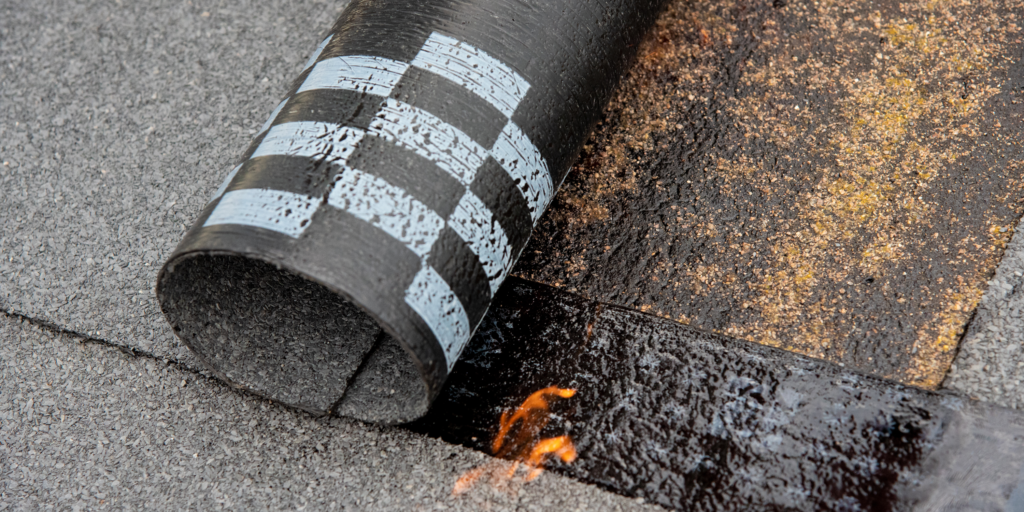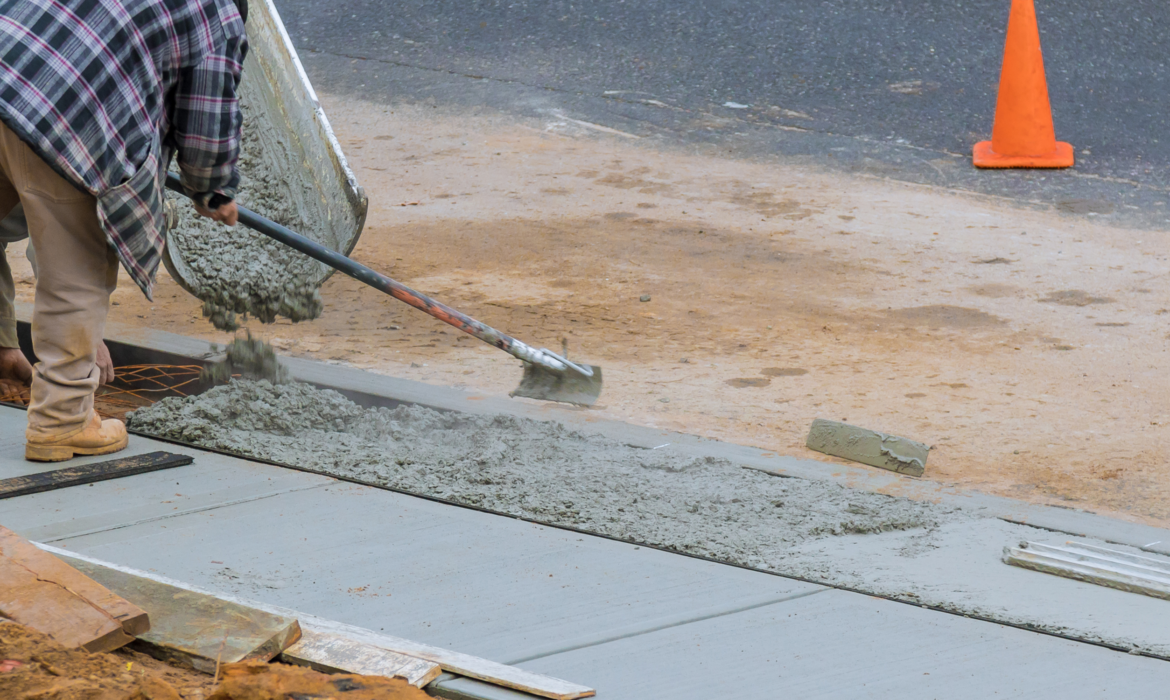Our latest blog post explores driveway and pavement design! Edging, which is sometimes ignored yet essential to beautiful outdoor environments, is our topic today. Edging may improve the look and usefulness of any paved area, whether you’re updating your driveway or garden walkways.
Types of Edging Materials
Designing a driveway or pavement requires picking the correct edging material. The material you choose can drastically affect the look and usefulness of your outdoor space. Luckily, there are solutions for all tastes and budgets.
Concrete is a popular edging material. Its durability and versatility let you define your driveway or pavement with crisp lines and sharp edges. Colors and textures can be added to concrete edging to complement your design.
Natural stone offers timeless charm to outdoor spaces. Granite, limestone, and bluestone look sophisticated and complement modern and traditional styles.

The Benefits of Using Edging in Design
Designing with edging enhances your driveway and pavement. One of its main benefits is defining and separating zones for a clean, orderly design. Brick, stone, or concrete edging can define parking lots or walkways.
Edging adds style and function to your outdoor environment. It keeps gravel or mulch in defined areas, preventing soil erosion. This prolongs the life of your driveway and pavement and reduces upkeep. Edging also separates landscaping materials. It prevents grass from encroaching on paved areas and vice versa. This division reduces weed growth and enables mowing or trimming edges without damaging pavement.
Using edge materials in driveway and pavement designs also increases durability. Quality materials like concrete or natural stone can resist significant foot traffic and weather.
Considerations for Choosing the Right Edging Material
Choose the correct edging material for your driveway or pavement design by considering various factors. First, consider your desired aesthetic. Different materials suit different styles and themes.
Another consideration is durability. Your edging material should last and endure various weather conditions. Strong and durable materials include concrete and stone.
Consider maintenance needs. Some edge materials need sealing or staining, while others are low-maintenance.
Creative Design Ideas for Using Edging in Driveways and Pavement
Edging is essential when building a driveway or pavement to enhance its appearance. It defines and structures your design while giving it a polished touch.
Using contrasting fabrics for edging is innovative. Consider adding concrete or brick edging to a gravel driveway. An interesting visual contrast will add depth and character to your design.
Decorative edging is another option. Choose beautiful metal or stone edging to match your style or home’s architecture. This can instantly improve your driveway or pavement.
If you want to bring nature to your outdoor environment, include foliage in your border. A natural border that integrates with the scenery can be created by planting flowers, shrubs, or small trees along the boundaries.

Maintenance and Longevity of Edging in Design
Durability of your driveway or pavement design depends on good upkeep. This includes edging, which is essential to the look and function of any outdoor space.
Edging materials need cleaning, sealing, and repair over time. Keep these materials well-maintained to extend their lives and ensure their effectiveness.
Regular edging cleaning prevents dirt, debris, and weeds from gathering between driveway or pavement edges. A garden hose sweep or rinse helps keep them clean.
Edging material sealing is also crucial. It’s protected from rain and irrigation harm. Sealing prolongs its life and increases its UV resistance.

